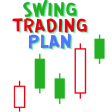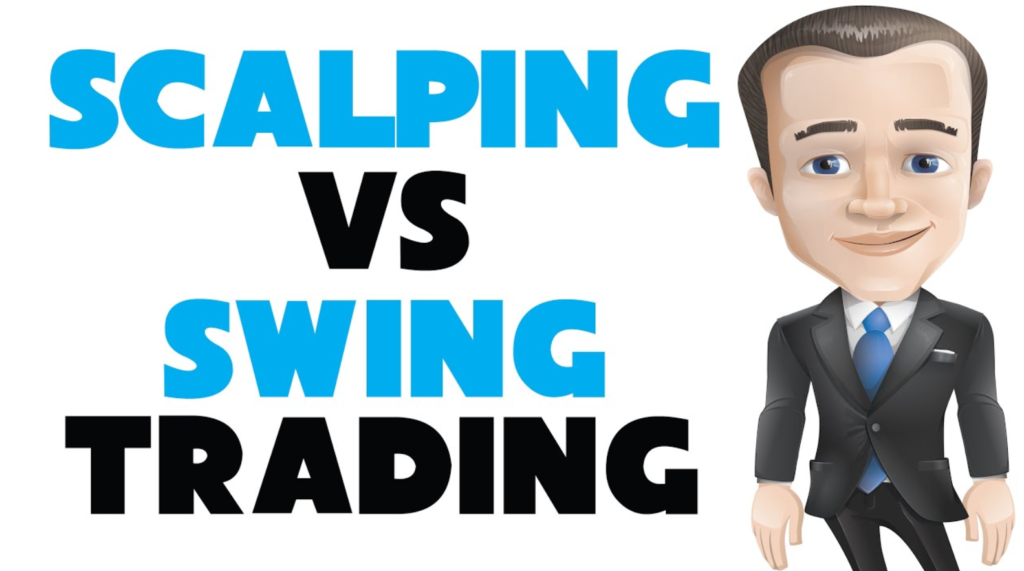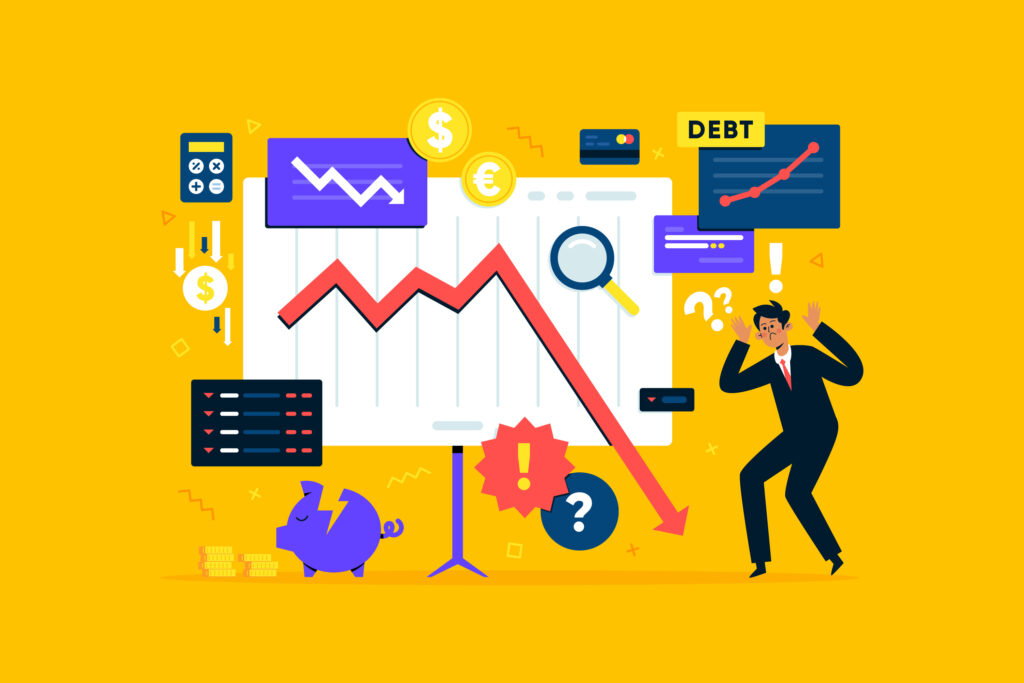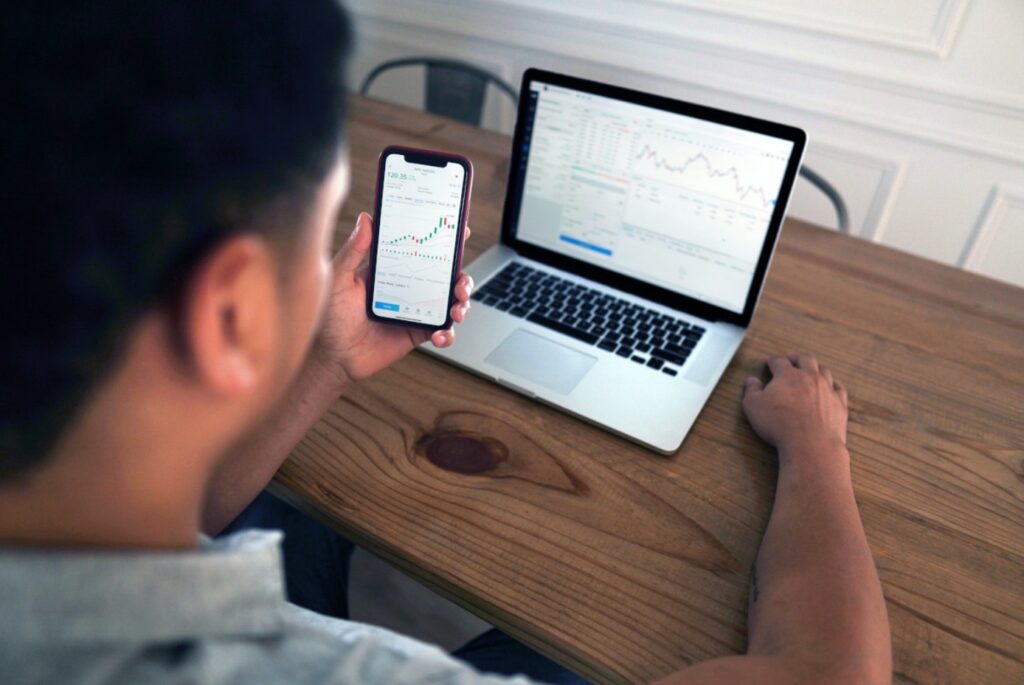Table of Contents
You’re curious to know that is swing trading profitable. If yes, what is the exact profitability of swing trading? Making money is essentially the main reason anyone invests in the stock market. It’s also likely the reason you’re here right now.
One of the most frequent queries from those wishing to start trading is this one. Sadly, the solution is more complex than one might think.
This is due to the fact that a plethora of variables influence profitability in investing, not only swing trading but all forms of it. We’ll go over those elements in this essay. We’ll also go over how to make sure your swing trading plan is set up to yield the highest possible returns.
Is Swing Trading Profitable?
Is swing trading a profitable activity? Yes, when done properly, your winnings should exceed your losses. That being said, there is absolutely no assurance that you will make money. You won’t be successful if you don’t take the time to study the fundamentals of trading and recognize good opportunities.
Don’t worry; we’ll assist you in positioning yourself to be a successful swing trader and limit your losses while increasing your profits. First, let’s discuss expectations. One common question we hear is, “How is swing trading profitable?”
How is Swing Trading Profitable?
The ability to make significant returns for the time involved in swing trading, despite its short learning curve, is one of its key advantages. You can make this trading strategy into anything you like. Swing trading on its own can easily provide a living if you are ready to put all of your effort into it. Alternatively, view it as a supplemental revenue stream and generate extra cash on the side.
Regretfully, we are unable to calculate for you how much money you should expect to make in terms of profits. This is due to the fact that, among other things, your account size will be a limiting factor, as you will soon discover. Having said that, a reasonable range is between 10 and 30 percent annual returns. However, a lot of things might influence where you are on that spectrum. Now let’s dissect them.
Factors Affecting Swing Trading Profitability
When trading in the stock market, there are a lot of variables you cannot control. Just as you cannot control market downturns, you also cannot control company news from being released. On the other hand, you have influence over three factors that impact the profitability of your swing trading:
Size of position
The prospects you find
Your trading approach and risk tolerance
Let’s break down each of these three to assist you understand how you might work to maximize profit potential and make good money through swing trading.
Your Position Size Is Your Limiting Factor
Position size is possibly the most important factor that determines how much money you may make as a swing trader.
The amount of money you are willing to risk on a particular trade is your position size. Also, the amount of your account will determine the size of your position. The total amount of capital available for trading is your account size. We’ll presume that since most swing traders begin with a modest account, this is also the case for you.
This implies that your profits will be lower in terms of actual money while you’re first starting to work on expanding your account. Building your account will require you to work hard for a while.
You can take larger positions the larger your account size is. Assume, on average, that you make a 10% return on every trade. You only make $10 every trade while using $100 position sizes. After a few years, your position size may increase to $1,000, meaning you would typically make $100 profit on each trade. Think about a $10,000 position size; at this point, you are making $1,000 every transaction. You’re currently making a nice income just from swing trading. This is the benefit of trading with greater swings.
But the opposite is also true. As the amount of your stake grows, so will your risk. This is where understanding how to screen possibilities and determine their potential for profit before acting on them becomes the next aspect influencing your profitability.
Every Opportunity Is Unique; Examine Them Correctly!
It is only partially accurate to say that one of the three things you can control is the magnitude of your position. Your account size will initially place some restrictions on you. Yes, you may start with a larger account and thus leverage larger positions by selling a few items around the house or taking some cash out of savings.
However, what has the biggest impact on your profitability? Your capacity to recognize excellent prospects and accurately validate them.
The greatest swing traders are distinguished from the rest by their ability to regularly identify and execute profitable bets. Not every trade will result in a profit, particularly when you are just learning how to swing trade. That’s where risk management, or minimizing your losses, comes in. Later, more on that.
Trading Strategy & Tolerance for Risk Impact on Profitability
Recall that we said that a solid target return to aim for year over year is between 10% and 30%? Your entire swing trading approach and risk tolerance will determine where you stand on that range.
What precisely is risk tolerance? This indicates the level of danger you are ready to take, as the name would imply. A risk-taker could be able to make returns of up to 30–40% greater than the norm. They might, however, also lose a lot more money than the typical swing trader.
The level of risk you wish to take when making trades is something only you can decide. If you tend to be more risk cautious, you might decide to exit your trade before making a little profit of five to ten percent, particularly if your technical analysis indicates a reversal is imminent. In the same scenario, a more reckless trader would try to push the envelope in the hopes of making an additional 2.5–5% profit before the reversal occurs and exiting at the ideal moment. However, they can also find themselves on the opposite side of the reversal, getting the cut with 5% or less in some circumstances.
Your risk tolerance affects not only when you take positions but also other elements of your trading approach, such as the size of the positions you are willing to take. A few cautious traders never risk more than 5% of their whole account amount on any one trade. Aggressive traders will stake 20–25% of their funds in the interim in search of the ideal chance. The kinds of equities you trade, how you trade during market downturns, and other factors are also influenced by your risk tolerance.
Does Day Trading Provide Less Profit Than Swing Trading?
You might be asking if swing trading profitable than day trading because day trading is how so many traders learn the basics of the game. It depends, just like the answer to any other question you may have about trading profitability. Many swing traders outperform day traders year after year in terms of profitability. Nonetheless, some day traders outperform swing traders in terms of annual profit. There isn’t a specific response.
Regarding the distinction in profit between swing trading and day trading, there is one thing you should know. The profits you do make are immediate since day traders close their positions at the end of each day. For weeks at a time, swing traders could not see profits from their investments. As a result, becoming a day trader may be simpler. But bear in mind that as they ride the swing in an asset’s price for extended periods of time, swing traders typically make greater money each trade.
Again, there are trade-offs with swing trading because you are leaving positions open after hours, which increases risk. Here’s a brief suggestion to help you decide which trading strategy best fits your needs:
- Swing trading: fewer transactions, more profit per trade.
- Day trading: more transactions and less profit per trade.
Which Is More Profitable: Swing Trading or Scalping?
Swing trading is sometimes compared to other trading styles than day trading. We also get asked this question frequently: is day trading or scalping more profitable? Once again, there are too many variables to provide a specific response.
For those who don’t know, day trading is a subset of scaling. Scalp traders use 1–5-minute charts or even a ticker to try and profit from brief changes in a stock’s price. Being a scalper requires you to be extremely exact since you get in and out rapidly. Additionally, since you might only make single-digit percentages on each trade, you must stake higher bets. However, you begin to realize exactly how successful scalping can be when you take into account that some scalp traders execute several hundred deals per day.
You’ll need to decide how much time you want to spend trading, much like swing trading vs day trading. As a swing trader, you can make money with fewer trades and less time spent staring at a chart. Alternatively, you could become profitable by making a lot of transactions as a scalper and occupying most of the trading hours in front of your computer. Do see our discussion in our recent blog to find out more about swing trading vs scalping.
Is Swing Trading Profitable? Closing Thoughts
This brings our analysis of swing trading profitability to a close. Many of the queries you might have had today have been addressed, such as:
- Is swing trading a profitable endeavor?
- To what extent is swing trading profitable?
- Do swing traders make more money than day traders?
- Which type of trading—scalping or swing—is more profitable?
In summary, your skill level, position size, swing trading technique, and risk tolerance will all have an impact on how profitable this endeavor can be for you. There will inevitably be losing deals, but if you manage risk well, you’ll eventually turn a profit because the wins will exceed the losses.
Frequently Asked Questions (FAQs) Based On “Is Swing Trading Profitable?”
How is swing trading compared to other trading styles?
Swing trading can be highly profitable, offering substantial returns for the time invested. However, profitability depends on various factors such as market conditions, individual trading strategies, and risk management techniques. While swing trading may yield higher profits per trade compared to certain styles like day trading, it involves holding positions for longer periods, which introduces different risks and opportunities.
What factors contribute to the question: Is swing trading profitable?
Several factors influence the profitability of swing trading, including the trader’s ability to identify lucrative opportunities, effectively manage risk, adapt to changing market conditions, and implement disciplined trading strategies. Additionally, factors such as position sizing, market analysis skills, and access to reliable trading tools can significantly impact profitability.
Is it possible to earn a living solely through swing trading?
Yes, it is possible to earn a living solely through swing trading for those who dedicate themselves to mastering the craft and consistently applying effective trading strategies. However, success in swing trading requires a thorough understanding of market dynamics, disciplined risk management, continuous learning, and the ability to adapt to evolving market trends.
How does risk tolerance influence swing trading profitability?
Risk tolerance plays a crucial role in swing trading profitability as it determines the level of risk a trader is willing to undertake in pursuit of potential profits. Traders with higher risk tolerance may pursue more aggressive trading strategies, potentially aiming for higher returns but also exposing themselves to greater downside risk. Conversely, traders with lower risk tolerance may adopt more conservative approaches, prioritizing capital preservation over maximizing returns.
Can swing trading be more profitable than day trading?
Swing trading and day trading are two distinct trading styles, each with its own advantages and challenges. While swing trading typically involves holding positions for several days to weeks, day trading involves executing trades within the same trading day. While swing traders may aim for larger profits per trade, day traders may capitalize on smaller price movements with higher frequency. Ultimately, the profitability of each style depends on various factors, including market conditions, trading strategies, and individual trader preferences.
What role does position sizing play in swing trading success?
Position sizing is critical in swing trading as it determines the amount of capital allocated to each trade relative to the trader’s overall account size. Proper position sizing allows traders to manage risk effectively, ensuring that potential losses are limited while maximizing profit potential. By adjusting position sizes based on factors such as risk tolerance, market volatility, and trade setup quality, swing traders can optimize their trading performance and achieve consistent profitability.
How do swing traders identify high-potential trading opportunities?
Swing traders employ various methods to identify high-potential trading opportunities, including technical analysis, fundamental analysis, and market sentiment analysis. Technical indicators such as moving averages, trend lines, and oscillators can help identify entry and exit points, while fundamental analysis involves evaluating the underlying financial health and prospects of individual stocks. Additionally, swing traders may use stock screening tools, pattern recognition software, and market scanners to identify potential trade setups based on predefined criteria.
Are there any specific strategies to minimize losses in swing trading?
Yes, several strategies can help swing traders minimize losses and preserve capital. These include setting stop-loss orders to limit potential losses on individual trades, diversifying the trading portfolio to spread risk across different assets or sectors, and adhering to disciplined risk management principles such as risking only a small percentage of capital per trade. Additionally, continuously monitoring trade positions, adjusting stop-loss levels, and cutting losses promptly when necessary can help mitigate downside risk and preserve trading capital over the long term.
What are the key considerations when transitioning from swing trading to scalping?
Transitioning from swing trading to scalping requires careful consideration of several factors, including trading style, risk tolerance, time commitment, and market expertise. Scalping involves executing trades with a much shorter time horizon and higher frequency, requiring rapid decision-making, precise execution, and the ability to capitalize on small price movements. Traders making this transition should be prepared for increased volatility, shorter holding periods, and potentially higher trading costs associated with frequent order executions. Additionally, gaining proficiency in scalping techniques, such as reading order flow, identifying liquidity levels, and managing slippage, is essential for success in this trading style.







